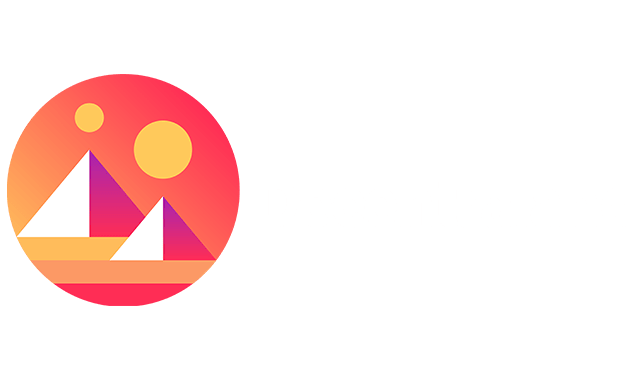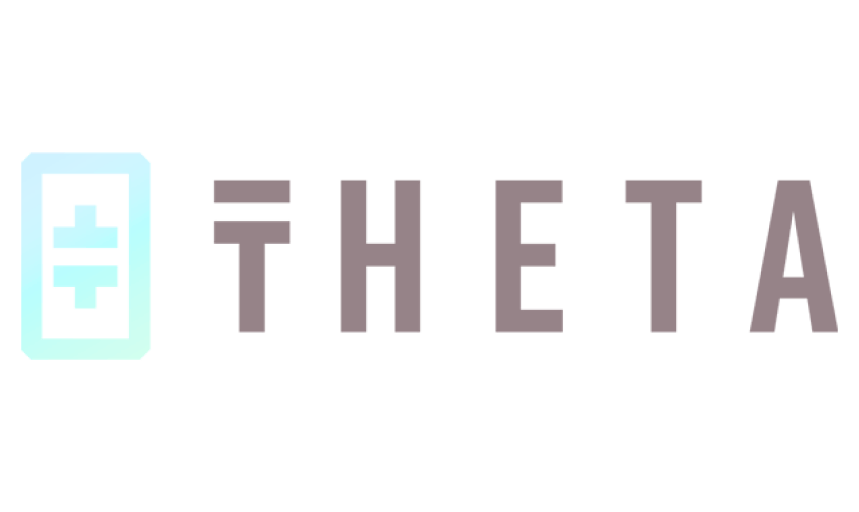Decentralized Finance (DeFi): Embrace Financial Freedom
Revolutionize your finances with DeFi. Join the decentralized finance movement and take control of your investments.
Reserve Rights Token (RSR)
Have you ever heard of Reserve Rights? It’s a type of token that’s been created by the Reserve Protocol to ensure that digital assets, such as stablecoins, maintain their stability and value.
Many people wonder what Reserve Rights are and how they can be used – will they help create more trust in decentralized platforms? Are they an investment opportunity or just another cryptocurrency?
In this article, we’ll discuss what Reserve Rights is, how it works, and why it’s an important part of transparent finance. We’ll also cover the live price of RSR, its market price, RSR Price Prediction, and RSR to USD Price.
What are Reserve Rights?
Reserve Rights (RSR) is the native token or coin of the Reserve protocol or platform, a crypto-backed token platform that aims to create a stable, low-volatility crypto that can be used as a global store of value and means of exchange.
The Reserve protocol is designed to maintain the value of its Reserve Coin by using a combination of algorithmic and collateral-based stabilization mechanisms. The protocol operates by using a basket of deposit assets, including other cryptocurrencies, collateralized tokens, and mediums of exchange, to back the value of the Reserve Coin.
RSR is used within the Reserve ecosystem as a control coin. RSR holders can vote on proposals to change the parameters of the Reserve platform, including the warranty composition and the stabilization mechanisms used to maintain the stability of the Reserve Coin.
In addition to control rights, the Reserve Rights coin is also used to incentivize users to participate in the Reserve ecosystem. For example, it can reward users who provide liquidity to the Reserve platform or incentivize users to use Reserve Coin for transactions.
How do Reserve Rights Work?
Reserve Rights is a cryptocurrency that is designed to maintain a stable value against a basket of other cryptocurrencies, centralized mediums of exchange, and commodities. It is used as part of the Reserve Platform, which is an algorithmic reserve-backed coin project that aims to create a trustless, asset-backed coin. This is unlike other stablecoins that are typically backed by fiat money.
The Reserve Platform is designed to maintain stability by using a combination of collateralization, algorithmic adjustments, and market mechanisms. Here’s a brief overview of how it works:
- Collateralization: The Reserve Platform maintains a collateral pool of other cryptocurrencies, such as Ether (ETH) and Bitcoin (BTC), as well as fiat currencies, such as the True US dollar (TUSD). This deposit is held in a reserved smart contract and can be used to back the value of the RTokens.
- Algorithmic adjustments: The Reserve Platform uses an algorithm to adjust the supply of the RTokens based on changes in demand. For example, suppose there is high demand for the reserved collateralized coin. In that case, the algorithm will increase the supply to maintain the price of the collateralized coin. Conversely, if there is low demand, the algorithm will decrease the supply to prevent the price from dropping.
- Market mechanisms: In addition to collateralization and algorithmic adjustments, the Reserve Platform also uses market mechanisms to maintain stability. For example, if the price of the RTokens begins to diverge from its target value, users can buy or sell coins on crypto exchanges to bring the price back in line.
The Technology Behind Reserve Rights
Reserve Rights is an Ethereum-based crypto asset used to maintain stability and support the value of the RSV. The Reserve platform is designed to create a collateralized coin that is autonomous, transparent, and accessible to anyone, anywhere in the world.
The technology behind Reserve Rights involves a complex ecosystem of digital contracts, algorithms, and DeFi protocols. Here are some of the key components:
- Reserve Protocol or Platform: The Reserve Platform is managed by smart contract system that enables the creation, redemption, and management of the Reserve coin. The protocol uses a collateralization mechanism to maintain the stability of the collateral token, with Reserve Rights coins used as deposits.
- Collateralization: To ensure the stability of RSV, the Reserve Platform requires that a certain amount of assets be deposited for each unit minted. The deposit can be in the form of various cryptocurrencies, including ETH, USDT, and USDC.
- Decentralized Exchange: To facilitate the exchange of RSV and RSR coins, the Reserve Platform integrates with various distributed exchanges, including Uniswap and Balancer. This allows users to buy and sell without needing a central authority.
- Oracles: The Reserve Platform relies on a network of oracles to provide accurate price feeds for the deposit assets. These oracles use various data sources, such as Open-finance exchanges and cryptocurrency price aggregators, to determine the market value of the collateral.
- Community Governance: The Reserve Platform includes a managing mechanism that allows Reserve Rights coin holders to vote on important decisions, such as changes to the collateralization ratio, to ensure that the protocol remains peer-to-peer and community-driven.
What Makes Reserve Rights Unique?
Reserve Rights is a digital asset created to address issues with traditional stable coins, such as Tether and USD Coin, which are subject to centralized control and counterparty risk. It is unique in several ways:
- Decentralized and Autonomous: Reserve Rights is distributed and autonomous crypto, which means that any central authority or government does not control it. It is run by a network of nodes that operate on the blockchain.
- Dual-Token Model: Reserve Rights has a dual-token model that includes the Reserve token (RSV) and the Reserve Rights (RSR). RSV is a stablecoin pegged to the US dollar. At the same time, it is used to support the stability of the Reserve Coin and provide holders with governance rights over the Reserve network.
- Liquidity Backing: Reserve Rights uses a unique mechanism called the “liquidity backing” system to maintain stability. This system involves backing RSV with tokenized assets, including cryptocurrencies and fiat currencies, held in a smart contract on the blockchain.
- Social Impact: Reserve Rights aims to provide a stable and accessible medium of exchange to people worldwide, particularly those who are unbanked or underbanked. The Reserve team has partnered with local communities and organizations in developing countries to promote using Reserve Coin as a stable medium of exchange for everyday transactions.
Community and Partnerships of Reserve Rights
Reserve Rights (RSR) is a crypto-backed digital coin project that aims to provide a stable and trustless medium of exchange that can be used for transactions and as a store of value. The Reserve platform is designed to maintain its stability by adjusting its supply in response to changes in demand.
Community: Reserve Rights has a vibrant and active community on social media platforms such as Twitter, Telegram, Discord, Reddit, and Medium. The community comprises developers, investors, traders, and enthusiasts interested in the project’s vision and progress. The team behind Reserve Rights actively engages with the community by answering questions, sharing updates, and organizing events.
Partnerships: Reserve Rights has formed partnerships with several companies and organizations to increase the adoption of its collateralized coin. Some notable partnerships include:
- Circle: Reserve Rights partnered with Circle to provide USDC with the ReservePlatform.
- Binance: Reserve Rights listed its coin on Binance, one of the largest crypto exchanges.
- Alameda Research: Reserve Rights partnered with Alameda Research, a crypto trading firm, to provide liquidity for its collateralized coin.
- Celsius Network: Reserve Rights partnered with Celsius Network, a crypto lending and borrowing platform, to offer its users access to RSR.
These partnerships demonstrate Reserve Rights’ commitment to increasing the adoption of its collateralized coin and expanding its ecosystem.
Where to buy or sell Reserve Rights?
Reserve Rights (RSR) is a cryptocurrency that can be bought or sold on various cryptocurrency exchanges. Some popular exchanges where you can buy or sell it include:
- Binance
- Huobi Global
- KuCoin
- BingX
- BitMart
- MEXC Global
- Bitget
- DigiFinex
How can Reserve Rights be mined?
Unlike many other cryptocurrencies, Reserve Rights coins cannot be mined in the traditional sense. Instead, it is distributed through a variety of methods, including:
- Purchasing: The most common way to acquire a Reserve Rights coin is to buy it on a cryptocurrency exchange that supports it.
- Staking: The Reserve Platform allows users to stake RSR coins in order to earn rewards. These rewards are distributed to RSR stakers in the form of newly minted coins.
- Providing liquidity: Users can provide liquidity to Reserve’s autonomous exchange, and in exchange, they receive Reserve Rights coins as a reward.
- Referrals: Reserve Platform offers a referral program that rewards users with RSR coins for referring new users to the platform.
- Community rewards: The Reserve Platform team has also distributed RSR coins as rewards for community participation in the past, such as bug bounties and other incentivized tasks.
How does Reserve Rights compare against its competitors?
One of the main advantages of RSR is its low volatility. Unlike other digital assets that can experience significant price swings, it is designed to maintain a stable value by adjusting its supply in response to changes in demand. This makes it a more reliable store of value and a better medium of exchange, which could be particularly valuable in regions where traditional coins are unstable.
In comparison to other pegged coins, RSR is unique in that it is not backed by a reserve of legal tender or another asset. Instead, its value is maintained through a combination of supply and demand dynamics and an algorithmic mechanism that adjusts the token’s supply. This makes RSR a more distributed and potentially more resilient stablecoin compared to those that are backed by centralized institutions or assets.
In terms of competitors, RSR faces stiff competition from other pegged coins such as Tether, USD Coin, and Dai. These stablecoins are backed by legal tender or other assets and have gained significant traction in the digital asset market. However, they are also subject to the risks associated with centralized institutions and may not be as distributed or resilient as RSR.
Another competitor to RSR is Bitcoin. While Bitcoin is not a stablecoin, it is often used as a store of value and a medium of exchange. However, Bitcoin’s high volatility and slow transaction times make it less suitable for many use cases compared to RSR.
Reserve Rights History
Reserve Rights (RSR) is a cryptocurrency that was first introduced in 2019. The Reserve Platform, which underpins the RSR token, was created to provide a stable and distributed medium of exchange or currency for people living in countries with unstable economies and currencies. The token launched with a circulating supply of 6.85 billion tokens at launch, of which 3 billion were distributed to participants in the Huobi Prime IEO. 2.85 billion more were released as project tokens, and 1 billion RSR was given to individual investors. After a successful initial exchange offering, the Reserve Rights (RSR) token was launched in May 2019.
The development of the Reserve Platform began in 2018, with a team of engineers and entrepreneurs working together to create a medium of exchange that could serve as a store of value and a medium of exchange. The team was led by Nevin Freeman, CEO of the Reserve Project, together with a number of experienced crypto developers. Nevin Freeman and Matt Elder co-founded Reserve Rights. Matt Elder, who previously worked for Google, the app search engine Quixey, and the Linux Standard Base, now serves as CTO.
In May 2019, the Reserve Platform was launched on the Ethereum blockchain as an ERC-20 token. The project was backed by a number of high-profile investors, including Coinbase Ventures, Peter Thiel’s Founders Fund, and Sam Altman.
Initially, the RSR token was used as a governance token for the Reserve Platform. However, in July 2020, the team launched the Reserve Rights Stablecoin, which is backed by a basket of assets including the US dollar, the euro, and gold. It is used to maintain the stability of the Reserve Coin by incentivizing users to buy and sell Reserve Coin on the open Reserve Rights market.
Since its launch, the RSR is volatile, with its value rising and falling in response to crypto market conditions and news about the Reserve Platform. Beginning of 2023, the Reserve Rights coin has a market capitalization of around $1.4 billion USD and a circulating supply of around 12.9 billion.
RSR Price Statistics
Reserve Rights Price Today
RSR Market Cap
Circulating Supply
What is the all-time high and all-time low for Reserve Rights (RSR)?
Related Crypto





